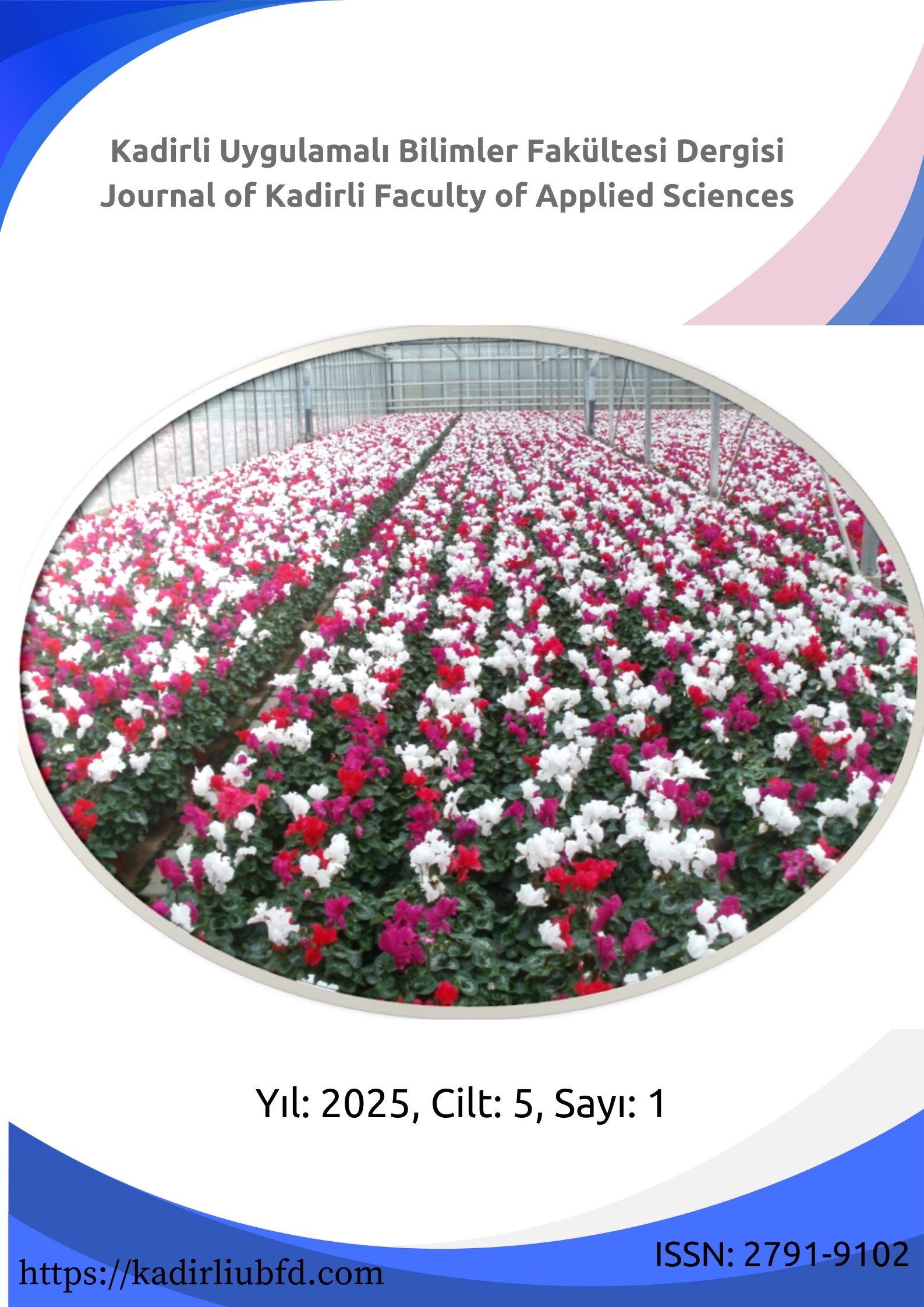Curve Fitting with Least Squares Regression of Air Temperature Values on Sinusoidal Functions: The Case of Bı̇ngöl Province
Keywords:
Temperature, Fourier series, Period, BingölAbstract
In this study, the average temperature values from January 2000 to November 2021 in Bingöl province of Turkey were modelled using a sinusoidal function. The trigonometric curve was estimated to minimize the sum of squared errors and maximize the coefficient of determination (R2) of the mean temperature values for the period from January 2000 to November 2021 in Bingöl province. During this period, temperatures were lowest in December, January and February. Temperatures increased slightly in March, April and May, peaked in June, July and August, and decreased in September, October and November. This situation continued periodically every year. It was concluded that sinusoidal curve fitting is suitable and useful for temperature forecasting models with the curve fitting model with least squares regression to the sinusoidal function created using Fourier series
Downloads
Published
How to Cite
Issue
Section
License
Copyright (c) 2025 Kadirli Uygulamalı Bilimler Fakültesi Dergisi

This work is licensed under a Creative Commons Attribution-NonCommercial-ShareAlike 4.0 International License.





